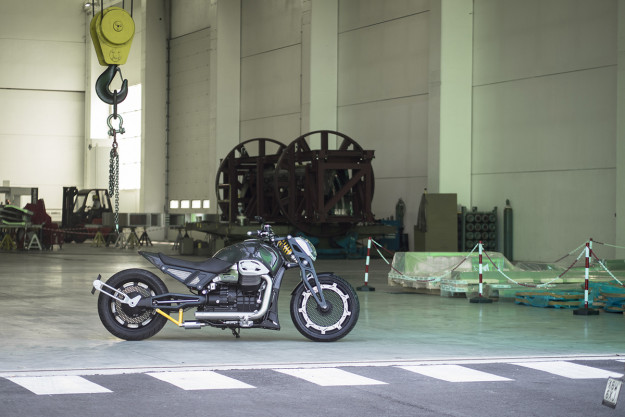
Over the past few years, the surge of interest in custom bikes has been fueled by a backlash against modern technology—whether it’s electronic ‘rider aids’ or acres of sharp-edged, plastic bodywork. So this new build from Officine RossoPuro is something of an oddity.
The design is unapologetically advanced, and far removed from Officine’s usual fare of classy, classic roadsters. It’s positively space age in its use of materials too: the brake calipers are made from Incoloy 800, an incredibly tough nickel-chromium alloy used in nuclear reactors.
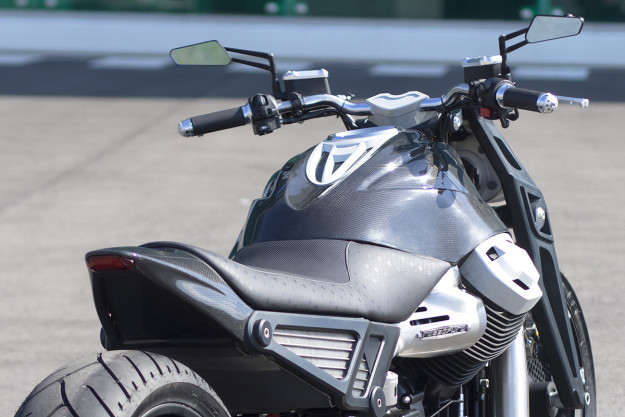
Elsewhere, we have chromium-vanadium steel and titanium; the 7075 aluminum alloy used for the radical girder-type fork seems mundane by comparison.
The project kicked off when Officine boss Filippo Barbacane partnered with the high-tech company Walter Tosto SpA—an Italian outfit that specializes in components for oil and gas plants. Walter Tosto was looking for a builder able to create an ambitious showcase for its manufacturing abilities. And Filippo was looking for a mold-breaking project that would stretch him to the limit.
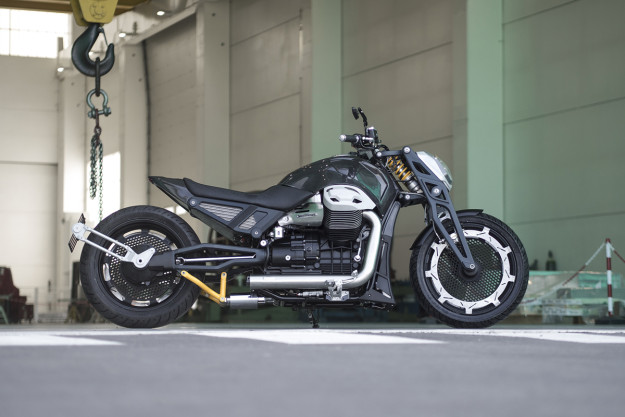
The name ‘Lvpvs Alpha’ (‘alpha wolf’) was agreed upon. And the base bike would be the acclaimed Moto Guzzi California 1400, winner of Cycle World magazine’s ‘Best Cruiser’ award.
Very little of the Guzzi California remains, though. Ninety per cent of the motorcycle is now handcrafted, with most of the components manufactured in house by Walter Tosto. Only the engine has been left untouched, and part of the chassis.
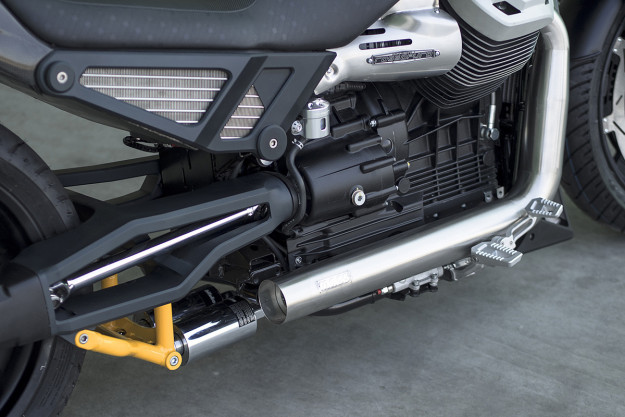
The girder fork was the starting point for the design, using a modified Öhlins shock absorber for damping. After Filippo created the templates for parts, everything was rendered in 3D by Walter Tosto, with structural calculations and mechanical tests performed at the virtual level.
The rear suspension system is also a ground-up design. Sitting under the cardan drive unit, it works in extension rather than compression. The tubes are 2¼-inch diameter alloy, incorporating a mix of chromium, molybdenum and vanadium, and hooked up to adjustable Bitubo shock absorbers.
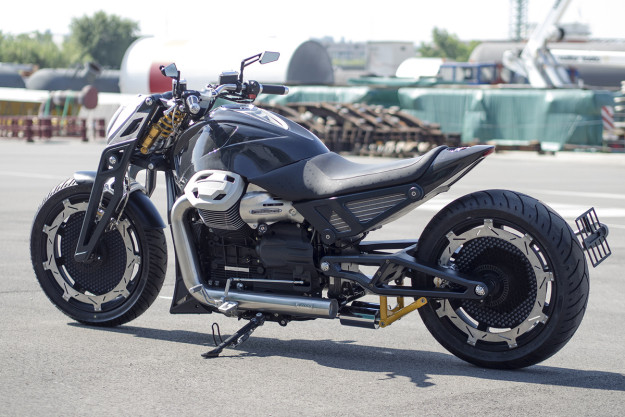
The swingarm appears to have been stretched, but it isn’t: the length is the same as the original. Despite bumping the rear wheel up from 16 to 18 inches, Filippo has kept the original geometry of the California to maintain its excellent drivability. “We didn’t want to create a showbike,” he says, “but a motorcycle to ride fast.”
The fuel tank is titanium, and now hides the voluminous electric system in a carbon box. The wheels are equally advanced: machined from solid aluminum, they’re hooked up to a radial braking system with 415 mm discs and six-piston calipers at the front.
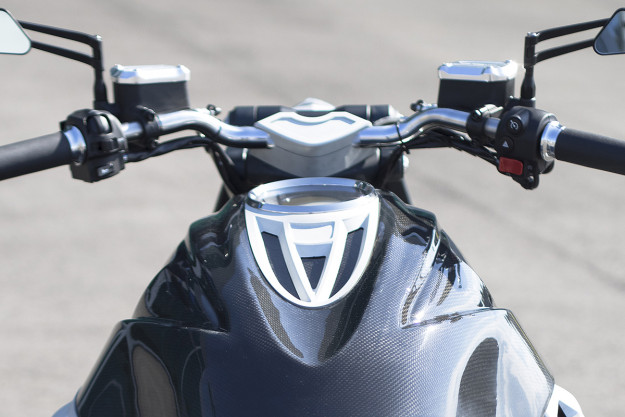
There are too many other handcrafted parts to list, but check out the aluminum radiator, flush-fitting headlight unit, and factory-level leather seat upholstery.
The phrase ‘shock of the new’ springs to mind. Is the custom world ready for such a radical change of direction?
Officine RossoPuro | Facebook | Instagram
